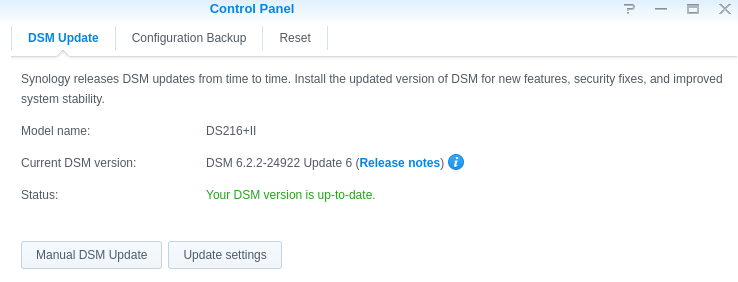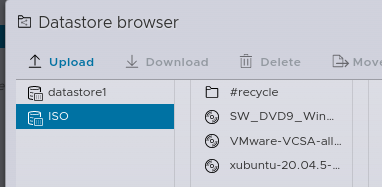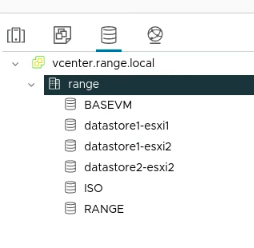Storage
The Lab system is a consumer grade Synology DS216+II with Spinning Disks, I may upgrade to SSD or buy a QNAP NAS with 10G interfaces later
Factory Reset the the NAS
See instruction on how to do this, make sure to give Admin a new and strong password
Update all the installed applications and DSM

Static IP
- Change IP to static 192.168.1.250
- Change the the MTU to 9000
- Should redirect to .250 once set
Storage Pool
The NAS I have is just a 2 Disk NAS. I used SHR and have a total capacity of 2.7TB

Create 3 Shared Folders
- ISO. This can be on slow storage and can be pretty small
- BASEVM. If you have SSD's put this on SSD
- RANGE. Definitely SSD if you have it
For each Share, Create NFS permissions similar to this one, allowing your esxi hosts to talk to the NFS share

💣 Now, for production, it's a good idea to have storage on a private network only accessible to ESXi hosts and not the general populace that have access to the management network. Also, you want a NAS that can authenticate connections with Kerberos or similar.
The following have NFS mounts
/volume1/ISO
/volume1/BASEVM
/volume1/RANGE
ISOS
Upload the vcenter ISO to ISOs
Upload a recent xubuntu to the ISOs directory
While you are at it, upload a Server 2019 ISO that you have licenses to

Mount the ISO, BASEVM and RANGE NFS Shares on esxi1

Browsing the Datastore Should show the ISOs you just uploaded

It is also helpful to rename the esxi local datastores so that there aren't duplicate datastore1 labels. After esxi2 is configured your datastores would look similar to this.
